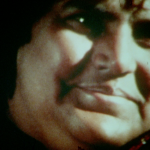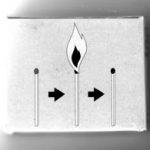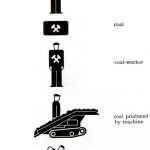Harun Farocki, 1944–2014: The image scout
...as the starting point of a compilation film that was created to celebrate cinema’s centennial in 1995 (La Sortie des usines). To film work at the beginning of the twenty-first century, in one shot, and thereby seize an individual act at the heart of an apparatus of production destined for transformation: this is the challenge that this last anthropological survey of gestures confronts. Berlin’s Hamburger Bahnhof museum, this summer, hosted the sc...













